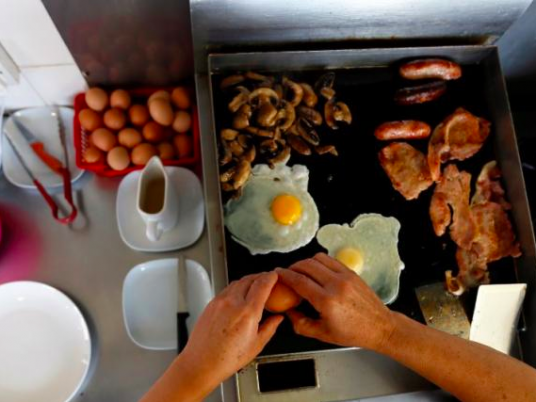
For Earth Day 2017, which is focused on environmental literacy, take a look at the food waste movement, and what you can do to curb it in your own home.
In recent years, the food waste movement has been gaining momentum, thanks to the work of governments, chefs and citizen groups.
In France, ad campaigns appeal to consumers to buy ugly fruits and vegetables which otherwise end up in the bin, as a way to fight food waste.
Chef Massimo Bottura, a Michelin-starred chef whose Modena, Italy restaurant was named the world’s best restaurant 2016, has set up community kitchens around the world, turning food scraps into meals for the homeless as a way to fight hunger and salvage perfectly edible ingredients.
And France became the first country in the world last year to ban supermarkets from throwing out or destroying unsold food, in a new law that requires surplus stock to be donated to charity instead.
But it’s not just to equalise the imbalance between the haves and have-nots that food waste is a modern-day sin.
Food waste is also a form of pollution. When we throw out limp carrots instead of turning it into soup, they decompose in the landfill releasing methane, a greenhouse gas that is 27 times potent than carbon dioxide.
Letting that head of iceberg lettuce wilt in the back of the fridge is a form of squandering, which blithely disregards the energy and resources that were required to grow it. In other words, food waste is also a waste of energy.
According to the UN’s Food and Agriculture Organization, one-third of food produced for human consumption is lost or wasted. This amounts to 1.3 billion tons of food per year.
Helpful reminders on how to reduce food waste at home
food waste – don't overbuy• Refrain from overbuying. Those two-for-one deals are only worth it if you’re able to use up what you buy before it goes bad. Stick to a shopping list at the grocery store.
• Many fruits and vegetables give off natural gases as they ripen, making other produce spoil faster. Store bananas, apples and tomatoes by themselves. Store fruits and vegetables in different bins.
• When stocking the fridge or pantry, bring older items to the front and put new foods at the back.
• Wait to wash berries until you eat them to prevent mould.
• Freeze, preserve or can extra fruits and vegetables before they go bad.
• Salvage wilted, sad produce into soups, casseroles, stir fry, sauces, smoothies or baked goods.
• Reduce portion sizes. You can always go back for more.
• Learn the differences between expiry dates:
– “Best before” indicates the date until which the product will be at its optimum but does not indicate food safety.
– “Sell-by” dates is an indicator for the store on how long to display the product on store shelves.
– “Use-by” date is the last date recommended for product use.




